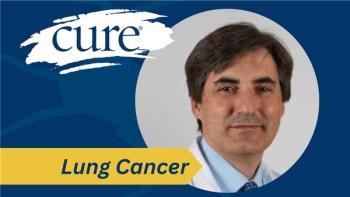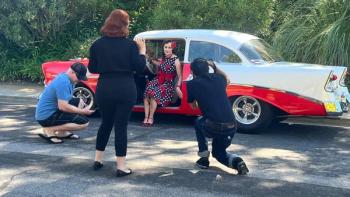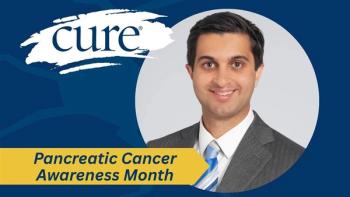
Who Needs Nipples Anyway? The Impacts of Breast Cancer Surgery
Many women with breast cancer choose to undergo reconstruction after mastectomy. Of those women, some opt for nipple sparing surgeries while others do not. “Those who choose to save their nipples are often disappointed when the tissue dies or no longer functions as it did before surgery,” writes one survivor. “But why are nipples so important?”
The human body is amazing. Each part of the body has one or more functions that make it unique and special. One such part, the nipple, gets a lot of attention. Nipples, though tiny and seemingly insignificant, play an important role in a woman’s life. Nipples serve two functions in the female anatomy: to deliver milk from the breast to babies and to serve as erogenous zones. Nipples come in all shapes and sizes. They vary in color and are as unique as fingerprints. Both male and female sexes have nipples.
Nipples can also be affected by breast cancer. This type of cancer is called Paget’s disease of the breast, named for a 19th century British doctor, James Paget, who discovered the relationship between changes in the nipple and breast cancer in 1874. Paget’s disease involves the skin of the nipple and may also affect the areola, the darker circle of skin around the nipple. The majority of people with Paget's disease also have malignancy inside the breast. These tumors are typically ductal carcinoma in situ or invasive breast cancer.
When a woman with breast cancer learns she needs a mastectomy, one of the first questions she’ll be asked is whether or not she’d like to have reconstructive surgery. She’ll be told new breasts can be sculpted from her own fatty tissue, harvested from the buttocks or muscles in her back, or she can choose to have silicone implants. Next, she’ll be asked if she’d like to keep her nipples, although in some cases, this may not be an option. If she chooses to have nipple sparing surgery, her own nipple can be saved and reused. Through this procedure, surgeons remove breast tissue while leaving the nipple and areola of each attached. It can be a successful surgery, but in some cases, because nerves are severed during surgery, diminished blood supply can cause nipples to shrivel and become deformed or eventually die leaving the patient discouraged and disappointed.
Reconstructed breasts, while close in resemblance to real breasts, aren’t quite the same. For those opting out of nipple sparing surgery, recreated breasts are merely mounds of tissue. These are unnatural looking and without sensation. Under clothing, they may look perfectly fine, but many women find them disappointing, and it can lower their self-esteem. The unnatural appearance causes some to feel breasts without nipples are like faces without eyebrows – unappealing and disconcerting.
But there are options for women who’ve been unable to harvest and reuse their own nipples. Some women choose to tattoo their breasts with realistic nipple tattoos. Others choose silicone snap-on nipples.
Nipple tattoo artists are rare, but with the demand growing, more and more artists are finding a new use for their talents. One such artist, Eric Catalano, a tattoo artist with Eternal Ink, has been ‘reconstructing’ body parts using nothing but ink for years. He became involved in realistic tattooing after seeing the devastating effects of breast cancer on the lives of his grandmother and some other close family friends. Working hard, he developed a process to provide a realistic alternative to women who had lost their breasts.
Some may wonder, “What’s the big deal about nipples? Who needs them anyway?” Ask any woman who has lost her breast(s) to cancer and the answer may surprise you.
Nipples are important, and their presence can be significant in helping a woman recover self-esteem after breast cancer surgery. If we are able to provide women with the option for nipple tattoos or nipple saving surgeries, shouldn’t we?
The
Breast cancer often strips a woman of her sense of femininity. Replacing a nipple seems like a small consolation prize in the face of cancer.
For more news on cancer updates, research and education, don’t forget to





